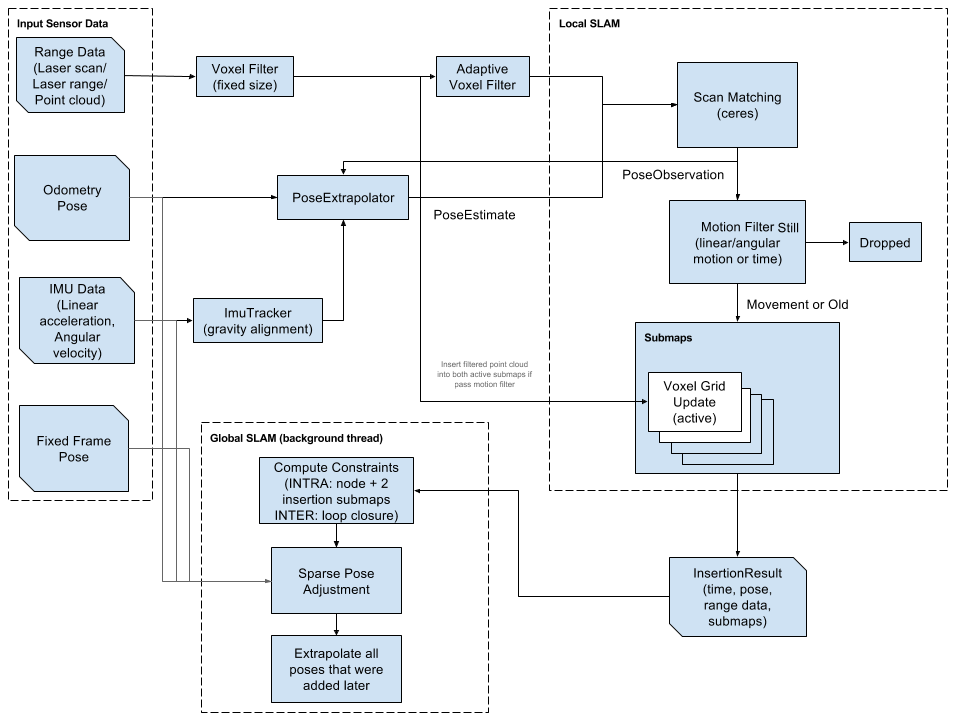The Wandboard
For a while, at work, I was building up embedded systems for our team to use as development platforms. One board, in particular was the Wandboard. It is an ARM development platform built on the Freescale IMX6. Although, I had a lot of trouble with this board, I was able to learn quite a bit about embedded OS's. The Wandboard has a many choices of Operating Systems and the website features a few standard images. My goal was to use Linux and our flavor of choice was usually Ubuntu. Trying out the Ubuntu image, provided by the Wandboard people, we found that it was generally fine, but it ran graphics remarkably slowly. Many other people had found the same thing. Also, any updates to the system caused crashes. This was no good. So instead, I began looking for alternatives.
One alternative that I spent a very long time on was Robert Nelson's eewiki post about compiling Linux for the Wandboard from scratch. This allows you more customization and you can learn about how an OS is built up. After doing this procedure, many problems occurred, including no screen (which was fixed with uBoot args), update failures (from wrong repos), X11 failures (due to graphics drivers not being compatible after updates), and so on. This was frustrating.
Next, I tried Yocto. At first, I didn't quite understand what Yocto was, but after using it, I became familiar. Yocto is a custom archlinux setup that is built on a development machine with all of the possible packages that you need for the system. It is meant for production environments where the system setup just needs to be flashed to the device and never touched again. This wasn't really what I was looking for, but I tried it anyway. Boy, does it need some work, First of all, building a correct system could take months. Using bitbake (the graphical package selection tool), the system would fail after many packages. The system is cool because it goes out and downloads the necessary files (based on package requirement files), compiles them for your particular system and then installs them into the image. However, there are so many opportunities to fail, that it takes forever to get to the end of a setup. I was able to finish a few setups and they worked just OK. In the future, I would try to plan out exactly what packages and dependencies I need and go from there.
Lastly, I tried some other images from the Wandboard Wiki. Again, these worked pretty well, but always, I ran into some problem with display, graphics and other things. One big area of concern to me, is that I could never find an image that allowed the Wifi to work and the graphics acceleration to work at the same time. There were images that had one or the other, or you could download the drivers for the wifi (BRCM29), but never both. This just shows that Wandboard needs some serious work.
Later, I was able to get a UDOO Quad, which is essentially the same hardware, and I put one of their stock images on it and it worked perfectly. Honestly, I was amazed that Wandboard's are so popular because they are a trainwreck to use.




No comments:
Post a Comment
Note: Only a member of this blog may post a comment.